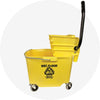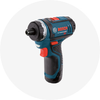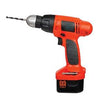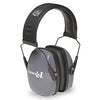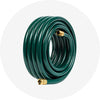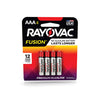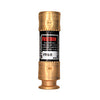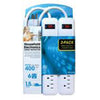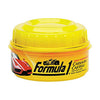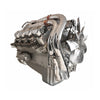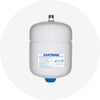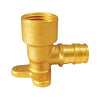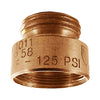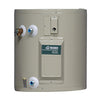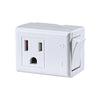Using PASS technology for fire prevention
∙ min read

Protecting the safety and well-being of occupants are top priorities when managing any residential or commercial space. One of the most important fire safety products is fire extinguishers. These safety devices are your first line of defense against fire. Understanding how they work and using them effectively is critical for any maintenance professional and the residents.
In this article, you'll learn about the PASS technique (Pull, Aim, Squeeze, and Sweep), a simple yet vital guide for both selling a fire extinguisher and using it properly in emergencies, as well as the most common types of fire extinguishers.
So, what does PASS stand for in fire safety?
This acronym refers to a widely used technique for remembering how to use a fire extinguisher effectively during a fire. Each letter represents a specific action you should follow to extinguish a fire safely.-
(P) Pull: first, pull the pin or locking mechanism at the top of the extinguisher. This action usually breaks the seal and allows the extinguisher to be activated.
-
(A) Aim: once you've removed the pin, aim the extinguisher's nozzle or hose at the fire's base, not the flames.
-
(S) Squeeze: after aiming correctly, squeeze the trigger or lever of the extinguisher to release the extinguishing agent and direct it toward the fire.
-
(S) Sweep: while still squeezing the trigger or lever, sweep the stream of the extinguishing agent from side to side along the base of the fire. This is done by moving the nozzle or hose in a controlled manner until the fire is completely extinguished.
It's crucial to maintain a safe distance from the fire and be prepared to retreat if the extinguisher cannot control it. Additionally, you should be familiar with the type of extinguisher you use, as there are different extinguishing agents effective for various kinds of fires.
Also, it is always recommended to receive training in the proper use of fire extinguishers and to get fire safety tips that could prevent significant accidents and save lives.

Types of fire extinguishers
Fire extinguishers are classified based on the type of flammable materials that may be involved. The most common types in the United States are as follows:-
Class A: used to extinguish fires involving solid combustibles such as wood, paper, cloth, and plastic. Typical extinguishing agents are water or foam. The First Alert 5 lb Fire Extinguisher For Home/Workshops is a highly effective option to extinguish wood, fabric, paper, flammable liquids, and electrical fires.
-
Class B: effective on fires caused by flammable liquids such as oils, grease, gasoline, and paint. Agents include foam, dry chemical powder, and carbon dioxide (CO2). An example of this type is the First Alert 2-3/4 lb Fire Extinguisher, which is ideal for use in a garage because it fights flammable liquid and electrical fires.
-
Class C: designed to extinguish fires in energized electrical equipment such as computers, appliances, and electrical panels. They use non-conductive agents such as CO2 or dry chemical powder.
-
Class D: used to extinguish fires caused by combustible metals such as magnesium, titanium, sodium, and potassium. Specialized dry powder or graphite-based extinguishing agents are used.
-
Class K: specifically for commercial and residential kitchen fires involving cooking oils and fats. These use specialized agents, usually based on potassium or alkaline salts. A good example is the First Alert 2 lb. Fire Extinguisher For Kitchen, which fights flammable liquid and electrical fires.
Often, extinguishers have labels or markings that indicate what classes of fires they are suitable for, so be sure to check this information when purchasing these products.
Max Warehouse is your safety ally
As we approach the fall and winter seasons, and fireplaces and heaters become more common, it's essential to review safety measures and acquire suitable safety equipment for your residents or workplace. If you're still in doubt, don't worry; at Max Warehouse, we're here to help.
For those who require more personalized attention and bulk pricing, we recommend exploring our Max Pro program, designed for professionals and businesses alike.
Come to us; we are the ideal solution for protecting and maintaining business spaces and homes during these seasons. Your safety and well-being are our top priorities.
Sources:
- https://emilms.fema.gov/is_0026/groups/159.html
- https://www.nfpa.org/News-and-Research/Publications-and-media/Blogs-Landing-Page/NFPA-Today/Blog-Posts/2021/07/16/Fire-Extinguisher-Types








